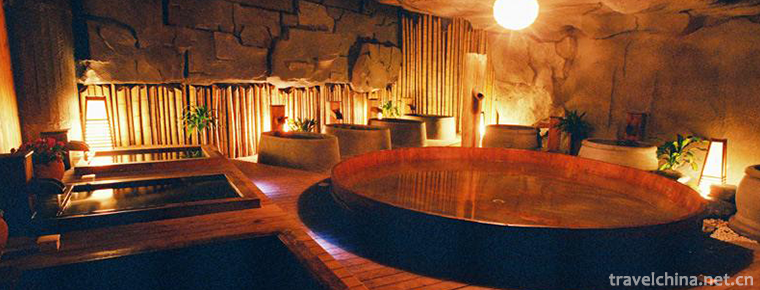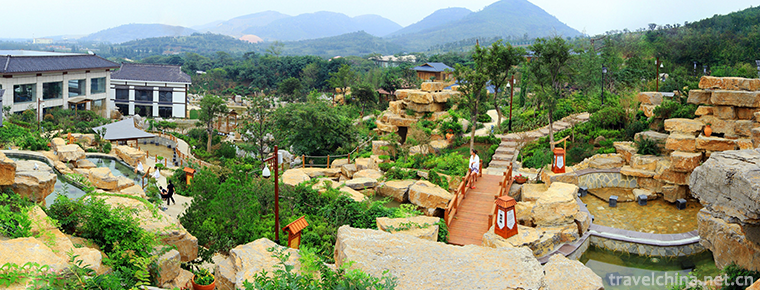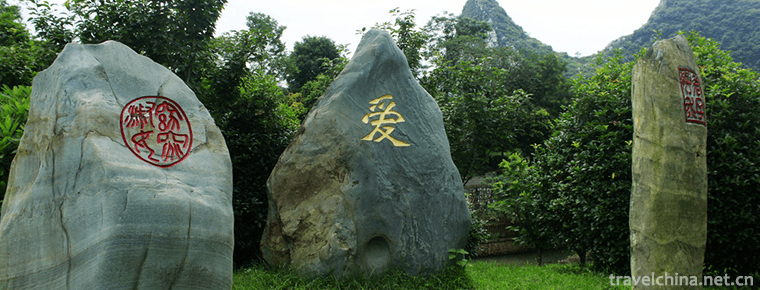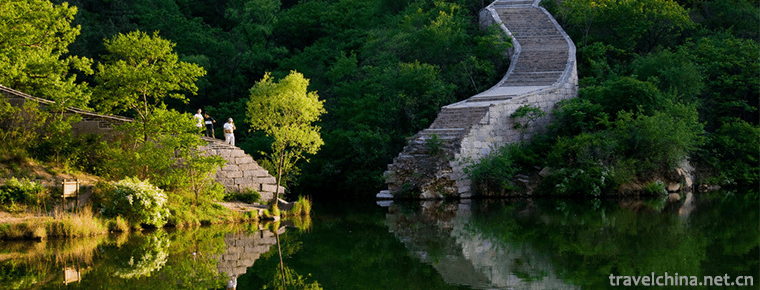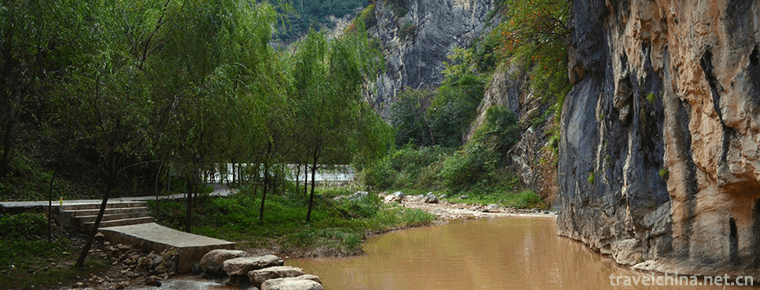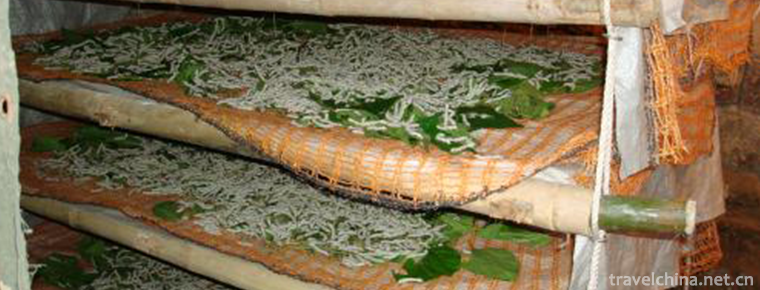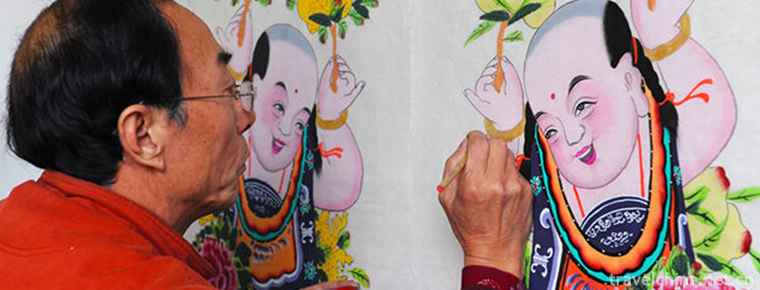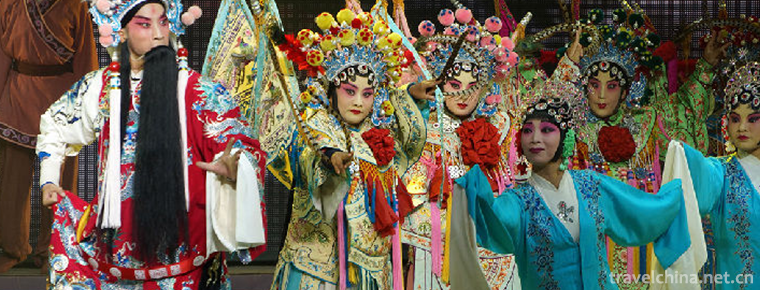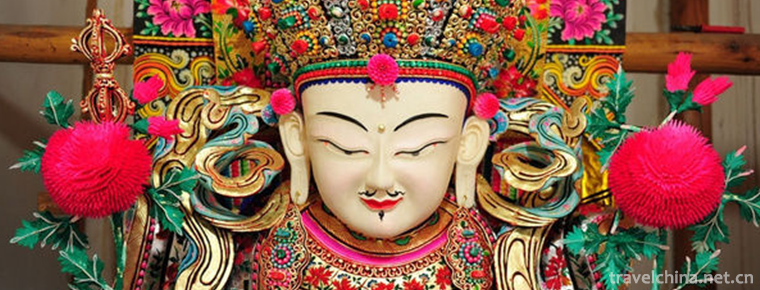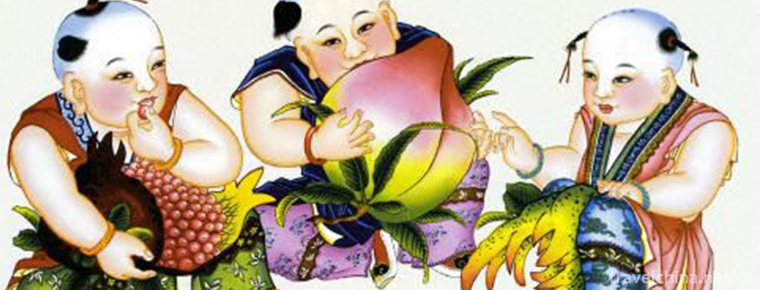Hill hinge
Hill hinge
Originated in Xixing and Longgang of Pingchang County, northeastern Sichuan Province, it is a traditional folk dance that spreads in Dazhou, Bazhong and some counties (cities and districts) under the jurisdiction of Nanchong City. According to legend, it was originated by Feng Bairen, a folk artist in Shiqiao Town, Daxian County, during the reign of Xianfeng in Qing Dynasty. After five generations of inheritance, it has a history of more than 150 years. During Xianfeng's reign, Feng Bairen, a famous artist in Shiqiao, often performed acrobatics in some countryside of Daxian County. Once, Feng tied a red cloth belt to the two sides of the hairpin in his hand, fixed one hand to the hairpin, and shook the other hand to hit the fixed hairpin. He hit the hairpin from different directions and angles, whichever way he hit the hairpin was prevailing.
The Hinge is a male dance that swings and hits the Hinge (copper cymbals). According to the record of Sichuan Volume of Integrated Chinese Ethnic and Folk Dances, there are 39 kinds and 85 programs of traditional folk dances in Sichuan. One of them is Pingchang Hinge Dance, which has been successfully declared as a national intangible cultural heritage after excavation and sorting out in Pingchang County.
On June 7, 2008, Pingshan Hinge was listed in the second batch of national intangible cultural heritage list by the State Council.
Historical evolution
Before the founding of the People's Republic of China, it was mainly distributed in Xixing, Xiangtan, Baiyi of Pingchang County and in the vicinity of Laolin and Shuanghe of Yingshan County. After the founding of the People's Republic, it gradually expanded to the adjacent Quxian, Tongjiang, Nanjiang and Bazhong areas.
The dumpling originated from Xianfeng in the Qing Dynasty (1857) and Tongzhi in the fourth year (1865). Pingchang and Yingshan have already had the activity of the dumpling, which has a history of more than 130 years.
Style and characteristics
Performing action
Because of its strong skills, it is generally single performance, and later developed a variety of forms of performance, such as double, three and four performances.
In recent years, artists from all over the country have been competing to innovate and make articulation on the flat ground.
Move to square tables and benches to perform and incorporate some other artistic skills.
A new style of "high platform hinges" has been formed. In order to make a difference, dumplings originally performed on the flat ground such as courtyard dam, hall house and road are collectively called "flat hinge".
In each performance, various forms alternate to make the performance more colorful.
In the accompaniment sound of Suona and gongs and drums, the articulator's hands (performers) are in rhythm, wielding both hinges, stretching or closing the ropes attached to the hinges from time to time, flipping over the top of the head, turning around the waist and legs, beating in different parts, showing various beautiful dancing postures and shapes. The movement is flexible, vigorous and broad, the atmosphere is cheerful, very lively. It is deeply loved by people in mountainous areas.
Basic motion
According to the action of lengthening and shortening hinges, they can be divided into two categories: long-rope hinges and short-rope hinges. Its playing methods are mostly composed of four ways: beating, wiping, turning and turning. There are about forty movements. Most of the movements are named by visualization, such as: bright wings in white space, willow blown by the wind, fish shell dried, frog belly dried, simple flowers, horse archery and so on.
Mobility characteristics
The rhythmic characteristics of dance can be summed up in the following three aspects. Reciprocating motion, symmetrical dynamics and balanced rhythm.
Reciprocating motion
The main action of "Hinge Over the Hill" is that the dancer swings two hinges and beats and dances over and over. Between action and action, there is no interruption and interruption, forming a kind of circular reciprocating rhythm. And this unique rhythm always moves along the "8" zigzag line, playing the role of connection, repetition, transformation and transition between dance movements or action combinations. This rhythm of duplex makes the dance mellow and smooth.
Symmetric Dynamics
Hitting action, mostly in the left and right, front and back, upper and lower symmetrical positions between the transformation. This makes the dancer's posture obviously symmetrical. Such as: the front of the upper body, back and forth; the left and right side of the waist bend, twist; shoulder swing back and forth and eyes and head swing back and forth. This dynamic symmetry enhances the contrast between action and action. Especially in the long rope hinge performance, the contrast is more intense, the momentum is more bold and unrestrained.
Balanced rhythm
No matter how the movement changes or how long it lasts, the rhythm of the performance is always medium speed, uniform and smooth. Often a performance lasts for two or thirty minutes, and the hitting of the hinges always keeps pace with two-quarters of the time, one beat at a time, and calmly. However, in a balanced rhythm, the movements are large and small, fluctuating and static, showing relaxation and ups and downs. Instead of monotonous and straight feeling, they feel interesting.
Inheritance and development
Over a long period of time, The Hinge of Climbing Mountains was inherited only in superstitious professions. For example: Su Xingtai, Jue Qingtai, Nie Xinzhong and others have engaged in superstitious professions. In their activities of sacrificing gods and exorcising evil spirits, they often use hinges as magic weapons, and do things while hitting hinges. In the wedding and funeral ceremonies, they are also a set of blowing team, locally known as the "Eight Immortals Drum Musician". Jue Qingtaiyi said, "Before liberation, people advocated evil spirits? Baxian drum musicians", also known as "Master Class". Legend has it that Han Xiangzi originated from the Eight Immortals. In the past, funeral deliveries, E sedan chairs, graveyard visits, big and small red and white wedding events were all invited by our group. Cho? Cho Yong? Funeral house, make fun of the deceased people! At that time, drum musicians were just blowing for a while. In the past years, owing to the low social status and profession of artists, and the limitation of their own customs, such as "only inheriting the original family but not the foreign race", the inheritance of "Overturning the Mountain Hinge" was very slow. While offering sacrifices to ancestors and entertaining gods, it still has the side of celebrating and entertaining people, but due to its limitations, it can not get its proper development. There were only one or two performers; routines and actions were few and simple. There is only one form of short rope hinge.
After the founding of the People's Republic of China, The Hinge of Climbing Mountains was loved by the people in mountainous areas for its cheerful, warm, robust and rugged temperament. Its entertainment function was fully exerted and gradually developed into a special form of "jumping for joy without jumping for mourning".
In the land reform in the early liberation period, when the peasants celebrated turning over, the Mountain Turning Hinge expressed their strong feeling of turning over, which was once known as the "turning over hinge". After a period of dissemination and development, it has become the most popular folk dance in the area. It has become a local custom to invite Hinge Team to help you when you get married.
Therefore, there is a saying in the local area that "if you leave the monk, you will not recite sutras, if you leave the hinges, you will not send your relatives".
In 1955, dumpling dumpling, as a unique dance in northern Sichuan Province, was awarded an award for its excellent skills in performing folk music and dance in Sichuan Province, which greatly promoted the development of the dance.
historical value
The music is more melodious when the two hairs strike each other. Later, Feng performed in the vicinity of Pingchang and Quxian. As the number of performances increases, the performance skills become more skilled, and the patterns of hitting the hairpin become more varied. The red cloth tape connecting the hairpin keeps growing, even up to more than 3 meters. Because the shape of the hairpin is similar to the dumplings eaten in Daxian countryside during the holidays, it is commonly called "hinge" (dumpling). Because the artists have to swing the hinge rope, or flip over the head or around the waist and legs to knock over and over when they hit the hinges, the name of "rolling over the hill" (turning over), a folk dance called "rolling over the hill hinges" came into being. Another is that there are many mountains around Shiqiao, Daxian County. In the past, when people in the mountains greeted relatives and sent relatives, they always invited artists to lead the way. Artists had to jump over mountains and dance along the way, so they were called "climbing over mountains and hinges". "Mountain-climbing Hinge" has been widely spread in Eastern Sichuan and has been passed down for a long time. It is deeply loved by the people. It is an important carrier for the study of Bashan customs and folk arts, and has important historical value.
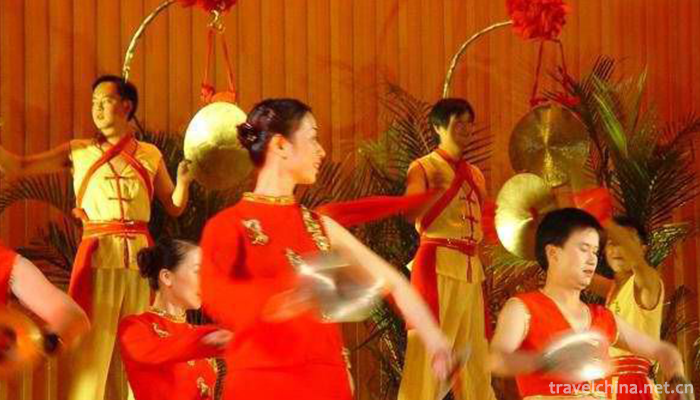
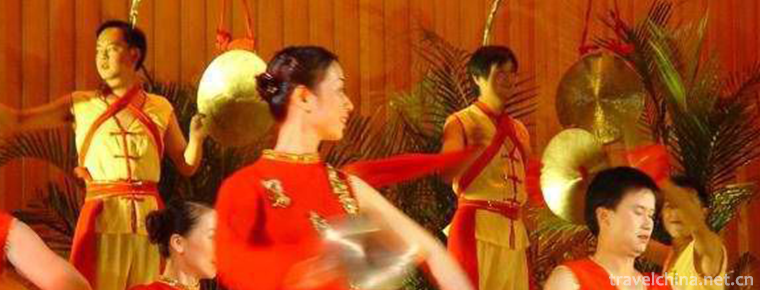
Hill hinge
-
Ailao Mountain
Ailao Mountain, located in the middle of Yunnan Province, China, extends south of Yunling Mountains. It is the boundary between Yunnan-Guizhou Plateau and Hengduan Mountains. It is also the watershed
Views: 481 Time 2018-11-01 -
Dongshan Lake Hot Spring Resort
Dongshan Lake Hot Spring Resort is the first national AAAA-level scenic spot in Chaozhou City. It is located in the Dongshan Lake scenic spot of Shaxi Town at the junction of Chaozhou
Views: 159 Time 2018-12-19 -
Xiantan Mountain Hot Spring Town
Xiantan Mountain Hot Spring Town is located in Xiwangzhuang Town, Zaozhuang City, Shandong Province. It is on the west side of Zaoji S345 Highway, south of Taierzhuang Ancient City, and on the side of
Views: 216 Time 2018-12-22 -
Nanxi Mountain Scenic Area Guilin
Guilin Nanxi Mountain Scenic Area (that is, Guilin Nanxi Mountain Park) is located in the south of Guilin City, about 1 kilometer north of the railway station. The two peaks of Nanxi Mountain confront
Views: 99 Time 2019-01-13 -
The Great Wall of Water in Huanghua City
Huanghua City Water Great Wall is located in Jiuduhe Town, Huairou District, Beijing, 65 kilometers away from Beijing City. It is a famous tourist and leisure resort
Views: 169 Time 2019-01-18 -
Xigaosong Scenic Spot
Xiqiaosong Scenic Area is located at the foot of Tianjing Mountain, 13 kilometers west of Chengxian County, in the middle of Yuqiaoxia, a national AAAA-level tourist attraction
Views: 208 Time 2019-02-25 -
Silver Cave
Yinzi karst cave is a typical karst landform, which runs through 12 peaks and belongs to floor-type karst cave. The cave contains stalactites developed in different geological ages
Views: 142 Time 2019-03-04 -
Silkworm custom
Haining City, the ancient name is meaningful, and later because of drunken plum from wood changed its name to salted plum. This is the seat of Changshui County in the Spring
Views: 142 Time 2019-04-04 -
High Density Gray Spring Festival Pictures
Gaomi gray-flushing New Year painting, also known as "folk freehand painting", is one of the national intangible cultural heritage of Gaomi folk traditional art in Shandong Province.
Views: 158 Time 2019-04-30 -
a kind of Shanxi opera
Shangdang Bangzi is one of the four Bangzi in Shanxi Province. It is popular in the two cities of Shanxi Province, namely, the Minister of southeastern Shanxi Province and Jincheng City (formerly know
Views: 196 Time 2019-06-13 -
Butter Flowers in Tar Temple
Butter flower originated from Benjiao religion in Tibet. It is a small decal on the food supply. According to traditional Indian Buddhist customs, the tributes offered to Buddhas and Bodhisattvas are
Views: 324 Time 2019-06-17 -
Taohuawu Wood Engraving New Year Picture
Taohuawu New Year Picture is a Folk Woodcut New Year Picture in the south of the Yangtze River. It was named for its production in the area of Taohuawu in Suzhou. It and the woodcut New Year pictures
Views: 190 Time 2019-06-18

